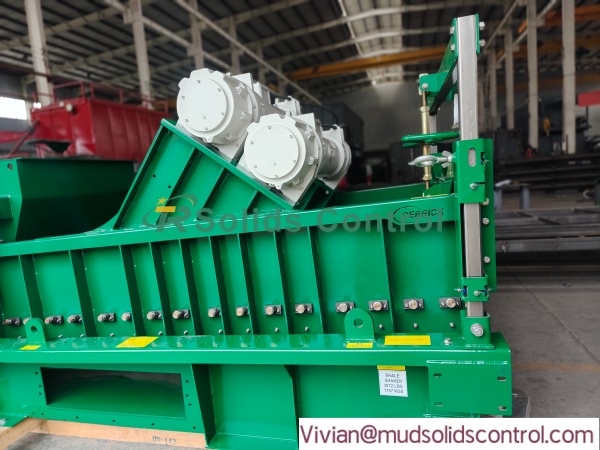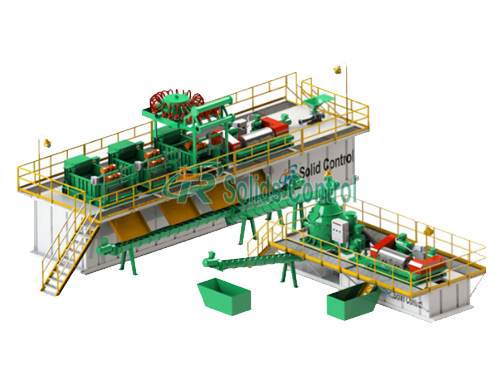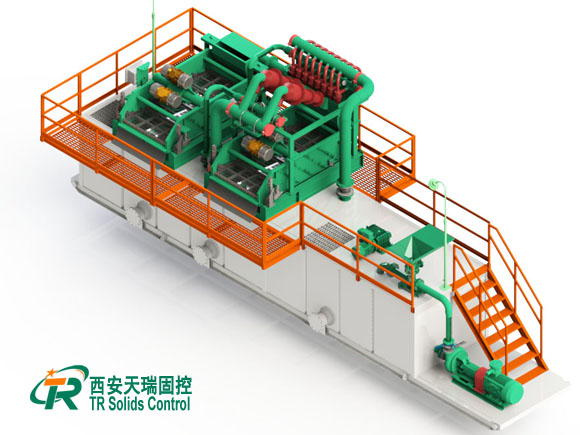Tag Archives: shale shaker manufacturing process
Understanding the Shale Shaker Manufacturing Process: From Design to Quality Assurance
A shale shaker is a vital component in oilfield solids control systems, responsible for separating drilling cuttings from mud. To ensure stable operation and long service life, every step in the shale shaker manufacturing process—from design to final testing—must meet strict quality standards.
1. Design and Engineering Stage
The production of a shale shaker begins with design and engineering. At this stage, engineers analyze drilling conditions, mud properties, and vibration requirements to determine key parameters such as:Vibration mode (linear or balanced elliptical).G-force level and motor power.Screen area and deck structure.Fluid capacity and processing efficiency
2. Raw Material Selection and Preparation
High-quality raw materials (high-strength, corrosion-resistant carbon/stainless steel plates) are foundational for reliable shale shakers. TR Solids Control inspects each material batch for thickness/flatness, chemical composition, and mechanical strength. Laser cutting and CNC bending ensure precise dimensions and smooth edges, boosting assembly accuracy.

3. Welding and Structural Assembly
The shaker base and main frame are welded via CO₂ gas shielded or automatic robotic welding for uniform joints and minimal stress deformation. Post-welding stress relief prevents cracking under long-term vibration, followed by aligned assembly of the vibration beam, motor bracket, and deck supports. TR engineers inspect all connections to meet design tolerances, ensuring the shaker withstands continuous high-frequency vibration.
4. Surface Treatment and Painting
Corrosion protection is a critical step in the shale shaker production process.After assembly, the frame and components go through:
- Shot blasting to remove rust and welding residues.
- Epoxy primer coating for anti-corrosion.
- Polyurethane finishing paint for durability and color uniformity.
All coatings meet international offshore standards, providing long-lasting protection in harsh drilling environments.
5. Vibration Motor Installation and Balancing
The vibration motor is the heart of the shale shaker. TR Solids Control uses motors from well-known suppliers with stable performance and certified safety ratings:Motors are dynamically balanced to minimize vibration deviation.Mounting surfaces are precision-machined to ensure accurate positioning.Bolts are tightened to specified torque to prevent loosening during operation.
A trial run is conducted to confirm the vibration amplitude, direction, and noise level meet the design requirements.
6. Screen Frame and Deck Assembly
The screen frame and deck sealing system directly affect screening efficiency.TR adopts composite frame screen technology, which features high strength, long lifespan, and fast replacement.
- Rubber sealing strips are installed to prevent mud leakage.
- The screen bed is leveled precisely for even mud flow.
- Quick-lock systems are tested for smooth operation and tight sealing.
7. Electrical Control and Functional Testing
Before delivery, each shale shaker undergoes comprehensive testing, including:
- Vibration performance test – ensures stable operation at rated speed.
- Noise and temperature test – confirms safety and comfort during operation.
- Electrical inspection – checks insulation resistance, motor rotation, and emergency stop functions.
Only shakers that pass all inspection points are cleared for shipment.
8. Continuous Quality Improvement
TR Solids Control continuously enhances its shale shaker manufacturing process through ISO-certified quality systems, technical training, and client feedback analysis.Regular equipment audits and material tracking help maintain consistency across production batches.By integrating design innovation with strict process control, TR ensures every shale shaker delivers reliable performance in real drilling environments.





